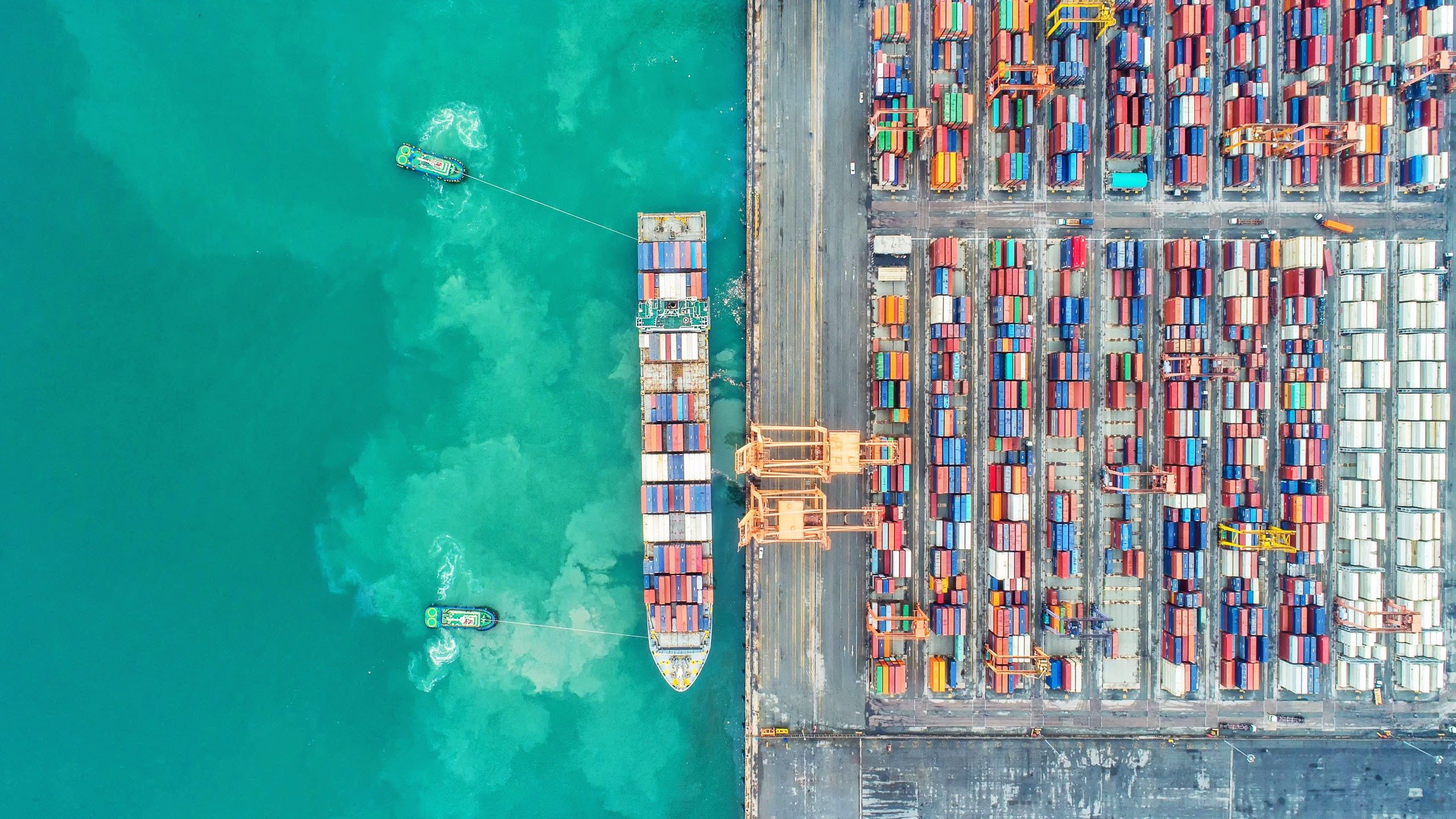Club Circular 20/99 issued in November 1999 setting out the Working Group's previous Recommendations on Carriage of Calcium Hypochlorite UN Nos. 1479, 1748, 2208, 2880 and to The International Maritime Organisation's (IMO) Marine Safety Circular No. 963 dated 1st June 2000.
RECOMMENDATIONS ON CARRIAGE OF CALCIUM HYPOCHLORITE
UN Nos: 1479, 1748, 2208, 2880
We refer to the
After several large fires in cargo ships in the 1990s involving Calcium Hypochlorite, The International Group of P&I Clubs commissioned full-scale tests on the package sizes of this cargo, which are routinely shipped. The results were such that experts advising the International Group viewed the prevailing transport requirements for this product group as inadequate and that they be amended.
The International Group of P&I Clubs therefore delivered a submission to the February 2000 meeting of the IMO Sub-Committee on Dangerous Goods, Solid Cargoes and Containers (DSC5), recommending amendments to the IMDG Code transport requirements for calcium hypochlorite. The changes recommended to the IMO were based on the scientific results reflected in the Group circular issued by the IG Clubs in November 1999. After much debate in plenary session at DSC5 the Sub-Committee decided to recommend the Maritime Safety Committee to partially amend the rules in the updated version of the IMDG Code (Amendment 30) coming into force 1st January 2001. However, the amendments will not introduce any changes to package sizes for this product. Nor will the amendments to it expressly require stowage of the cargo "Clear of Living Quarters". The Maritime Safety Committee (MSC 72) adopted the recommendations of DSC5 and the entries for calcium hypochlorite (UN Nos. 1748, 2208 and 2880) will be amended in the new version of the code. In addition an MSC Circular (as attached) was issued urging all parties to implement the amended requirements as soon as possible.
The International Group of P&I Clubs support the actions undertaken by the IMO and agree with the amendments introduced in the new IMDG Code. However, the failure to introduce package size limitation and the failure to require stowage "Clear of Living Quarters" contradicts scientific advice received from the experts advising the International Group. All of the full-scale tests performed by the International Group on calcium hypochlorite "UN No. 2880" indicates that larger packages can develop a critical condition at temperatures which can be encountered in cargo holds of modern container vessels. Furthermore, if calcium hypochlorite develops a critical condition (for any reason) it will emit chlorine gas, which is toxic and the run-away reaction will develop extreme heat that will ignite surrounding cargoes, which demonstrates the need to consider the proximity to living quarters in stowage of such cargoes.
Consequently, it is the recommendation of the International Group of P&I Clubs that members involved in shipments of calcium hypochlorite products should, in addition to the new requirements of the IMDG Code, ensure that cargo transport units are stowed "Clear of Living Quarters" and that the size of the individual packages stowed in the cargo transport unit should not exceed 45 kg net weight per package.
We have learnt that shipments of calcium hypochlorite have been loaded on board vessels under different names, which has led to some of the shipments not being declared as dangerous cargo. Below is a list of synonyms for products that are calcium hypochlorites or products related to calcium hypochlorite. Depending on the exact chemical composition of the product it may or may not become unstable at temperatures encountered in a ship's hold.
B-K POWDER
BLEACHING POWDER
BLEACHING POWDER, containing 39% or less chlorine
CALCIUM CHLOROHYDROCHLORITE
CALCIUM HYPOCHLORIDE
CALCIUM HYPOCHLORITE
CALCIUM OXYCHLORIDE
CAPORIT
CCH
CHLORIDE of LIME
CHLORINATED LIME
HTH
HY-CHLOR
LIME CHLORIDE
A similar circular will be sent by the other members of the International Group of P&I Associations.
MARITIME SAFETY COMMITTEE
CIRCULAR 963 - 1 JUNE 2000
International Maritime Organization
4 Albert Embankment
London SE1 7SR
Tel: 020 7735 7611
Fax: 020 7587 3210
Telex: 23588 IMOLDN G
Ref: T3/1.01 MSC/Circ.963
1 June 2000
TRANSPORT OF CALCIUM HYPOCHLORITE
1. The Sub-Committee on Dangerous Goods, Solid Cargoes and Containers (DSC), at its fifth session, having received a considerable number of submissions by Governments and international organizations and prompted by recent incidents involving the transport of Calcium Hypochlorite by sea, agreed that there was a need for guidance on the transport provisions of the International Maritime Dangerous Goods (IMDG) Code, for these products.
2. The problems that led to these incidents may be related to operational matters or substance properties or impurities or a combination thereof or there may be causes unrelated to Calcium Hypochlorite. In view of these, as yet unexplained, incidents and ongoing research, the Sub-Committee agreed to take additional precautionary measures and to this end amend some of the packaging, stowage and segregation requirements and properties and observations in the IMDG Code for these products.
3. Considering the importance of providing Administrations, competent authorities and other parties concerned with clear advice regarding the application of the IMDG Code, the Sub-Committee agreed that, in view of the above, these requirements needed to be brought to the attention of Member Governments.
4. The Maritime Safety Committee, at its seventy-second session (17 to 26 May 2000), adopted the amended provisions, as set out at annex, as part of Amendment 30-00 to the IMDG Code, and approved the present circular.
5. The Committee endorsed the view of the Sub-Committee, based on the information available to the Organization at this time, that strict compliance with the provisions of the IMDG Code, as amended, provides for the safe transport, by sea, of Calcium Hypochlorite of Class 5.1 UN Nos. 1748, 2208 and 2880.
6. Member Governments are invited to bring this circular to the attention of shipping companies, shipowners, ship operators, seafarers, shippers, terminal operations and other parties concerned, and to urge them to strictly apply the relevant provisions of the IMDG Code, as amended, as early as possible.
ANNEX
AMENDMENTS TO PACKAGING, STOWAGE AND SEGREGATION
PROVISIONS AND PROPERTIES AND OBSERVATIONS FOR
CALCIUM HYPOCHLORITE, UN Nos. 1748, 2208 AND 2880
The existing IMDG Code (29-98) requirements for Calcium Hypochlorite have been amended as below and have also been incorporated in Amendment 30-00:
PACKAGING
Bags, IBCs and Bulk packagings are not allowed.
STOWAGE AND SEGREGATION
Stowage
Category D
Cargo transport units should be shaded from direct sunlight and stowed away from sources of heat. Packages in cargo transport units should be stowed so as to allow for adequate air circulation throughout the cargo.
Segregation
"Separated from" powdered metals and their compounds, ammonium compounds, cyanides, hydrogen peroxides and liquid organic substances.
PROPERTIES AND OBSERVATIONS
White or yellowish solid (powder, granules or tablets) with chlorine-like odour. Soluble in water. May cause fire in contact with organic materials or ammonium compounds.
Substances are liable to exothermic decomposition at elevated temperatures. This condition may lead to fire or explosion. Decomposition can be initiated by heat or by impurities (e.g. powdered metals (iron, manganese, cobalt, magnesium) and their compounds).
Liable to heat slowly.
Reacts with acids, evolving chlorine, an irritating, corrosive and toxic gas. In the presence of moisture, corrosive to most metals.
Dust irritates mucous membranes.




